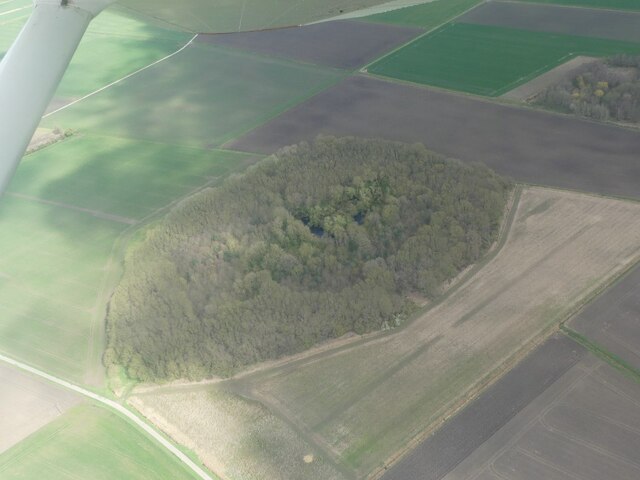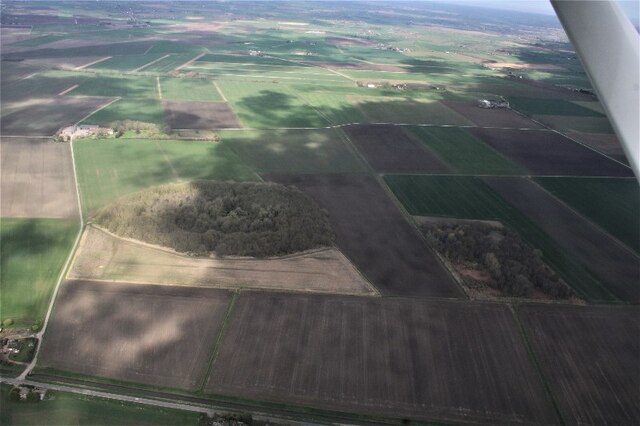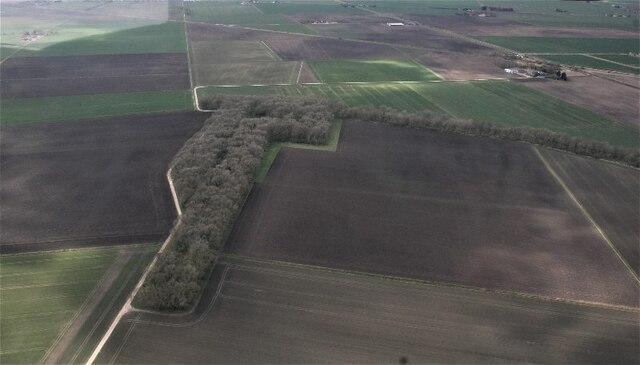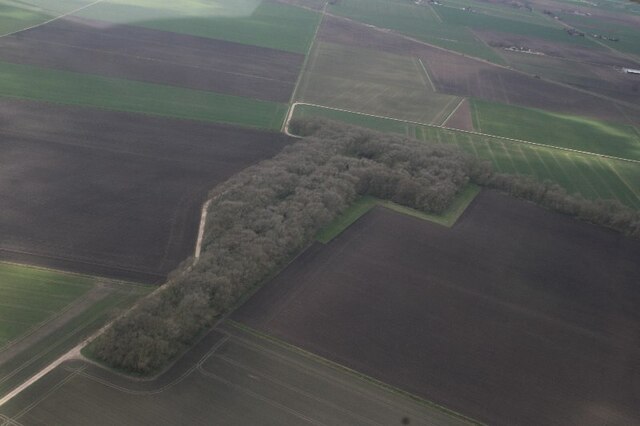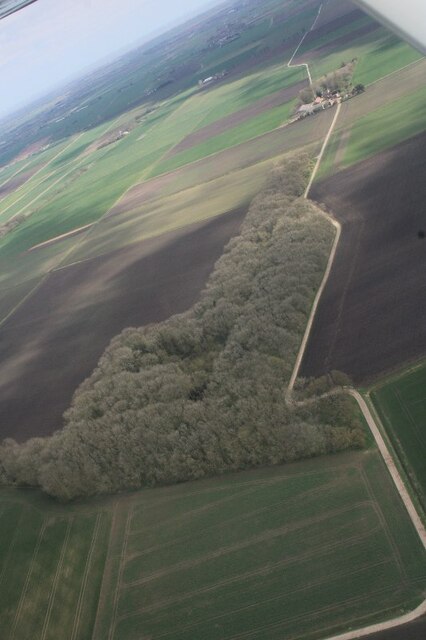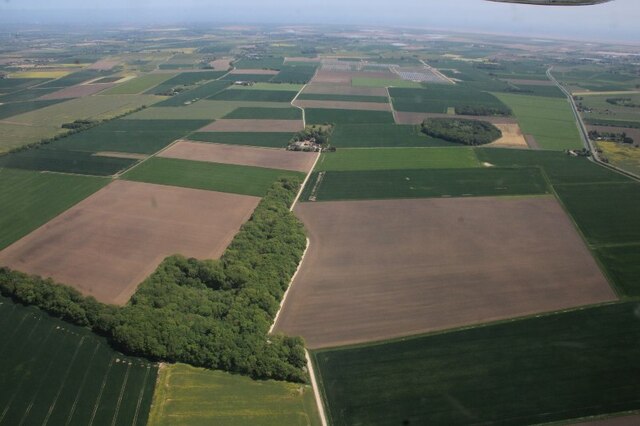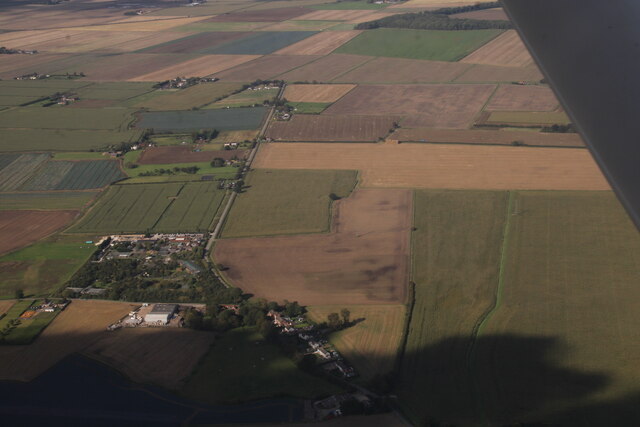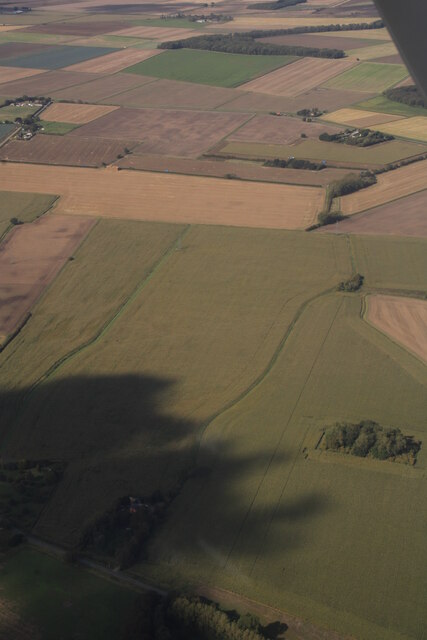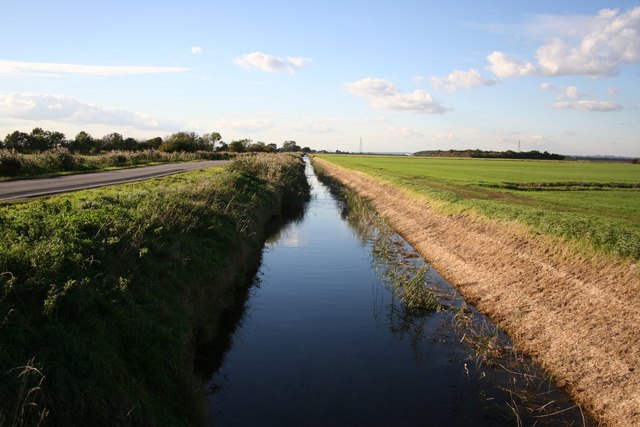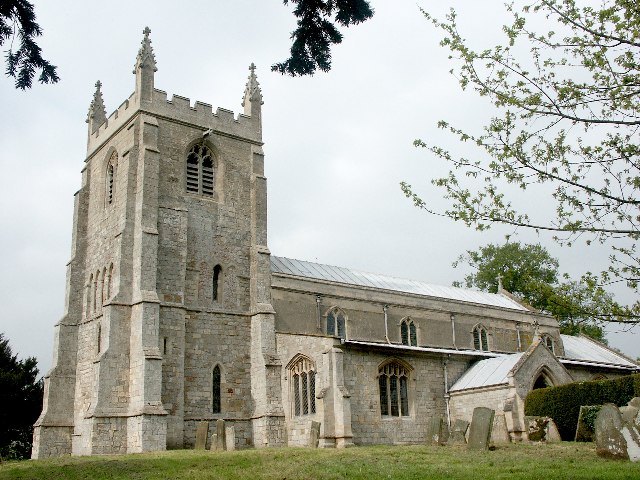Pool Decoy
Wood, Forest in Lincolnshire East Lindsey
England
Pool Decoy
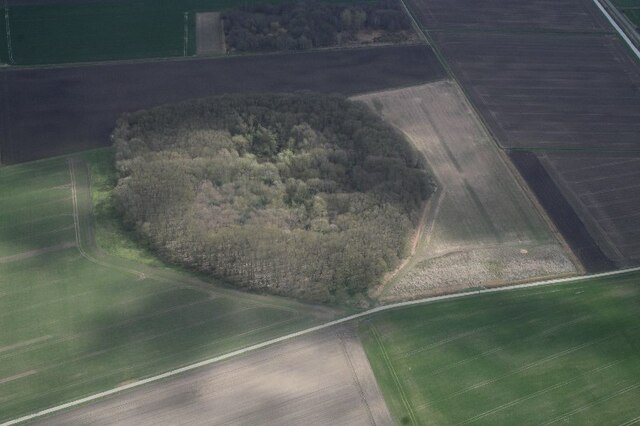
Pool Decoy is a small but significant woodland area located in Lincolnshire, England. Covering an area of approximately 200 acres, this forested land is a part of the wider Woodland Trust estate. The woodland is primarily composed of mature broadleaf trees, including oak, beech, and ash, creating a diverse and picturesque landscape.
Pool Decoy is known for its rich biodiversity and serves as an important habitat for a variety of flora and fauna. The woodland floor is carpeted with bluebells and other wildflowers during the spring, creating a vibrant and colorful setting. The dense canopy of trees provides a suitable nesting ground for numerous bird species, such as woodpeckers, owls, and various songbirds.
The forest is crisscrossed with well-maintained footpaths, allowing visitors to explore and enjoy the natural beauty of the area. These paths meander through the woodland, leading to peaceful ponds and small streams, enhancing the tranquility of the surroundings.
In addition to its natural beauty, Pool Decoy also has historical significance. It was once used as a decoy to capture wildfowl during the 19th century. The ponds within the woodland were strategically designed to attract ducks and other waterfowl, which were then caught in nets or shot by hunters. This historical aspect adds an intriguing dimension to the woodland, making it a fascinating destination for those interested in the region's past.
Overall, Pool Decoy, Lincolnshire, is a captivating woodland area, offering a combination of scenic beauty, diverse wildlife, and historical significance. It provides a serene and peaceful environment for visitors to immerse themselves in nature and explore the wonders of this ancient woodland.
If you have any feedback on the listing, please let us know in the comments section below.
Pool Decoy Images
Images are sourced within 2km of 53.098358/0.14965159 or Grid Reference TF4457. Thanks to Geograph Open Source API. All images are credited.
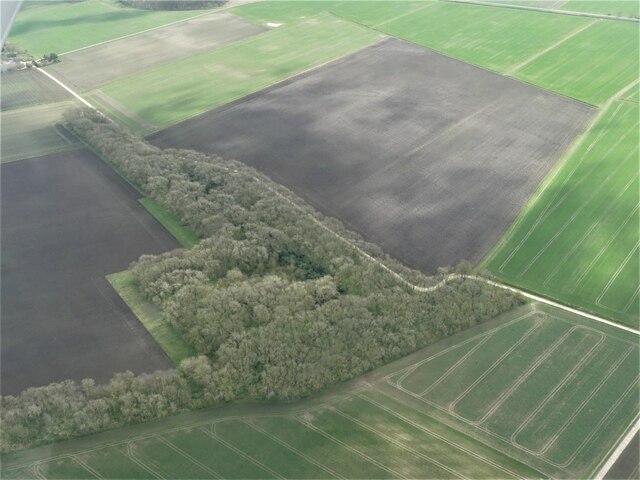
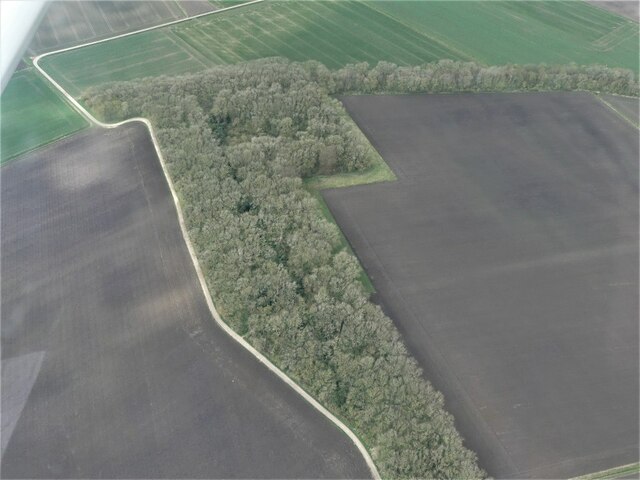
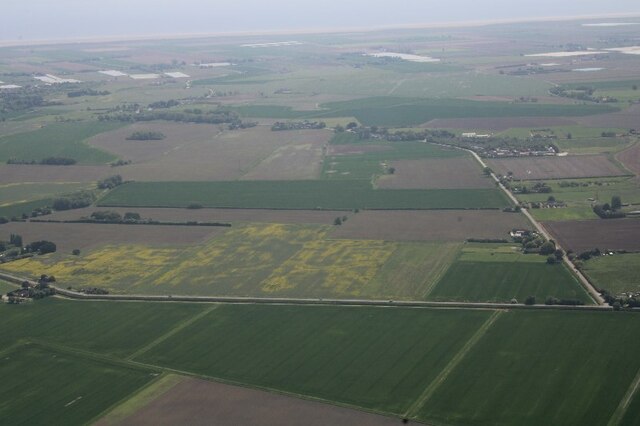
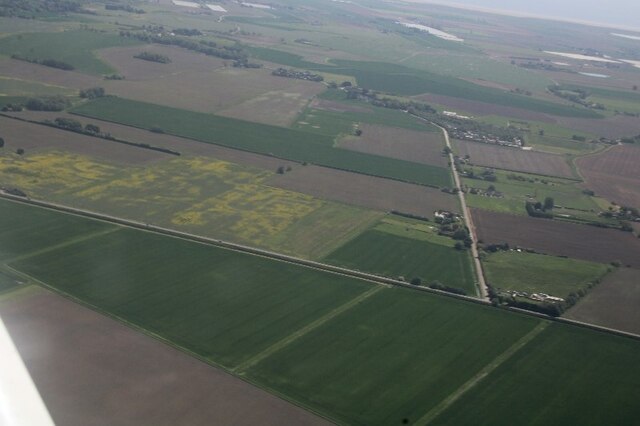
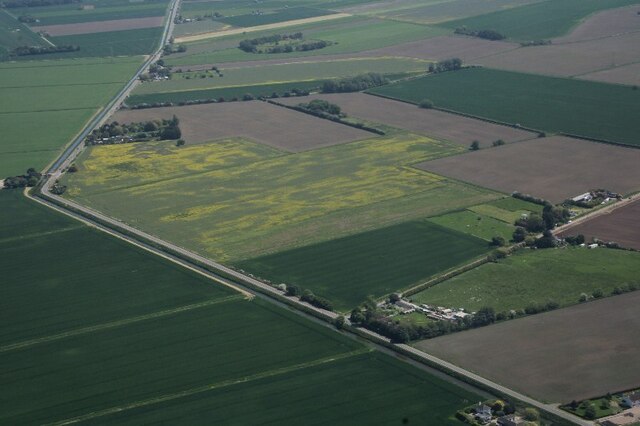
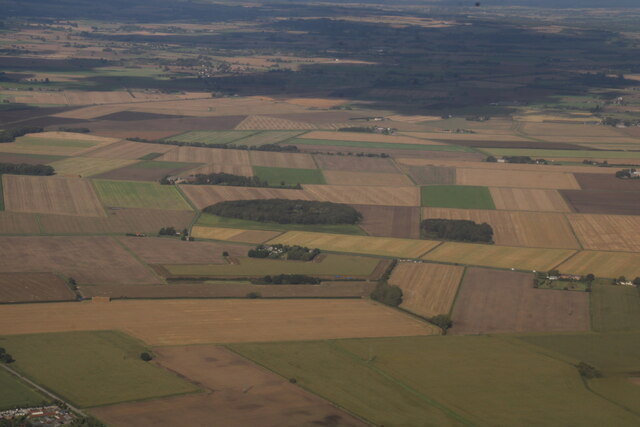
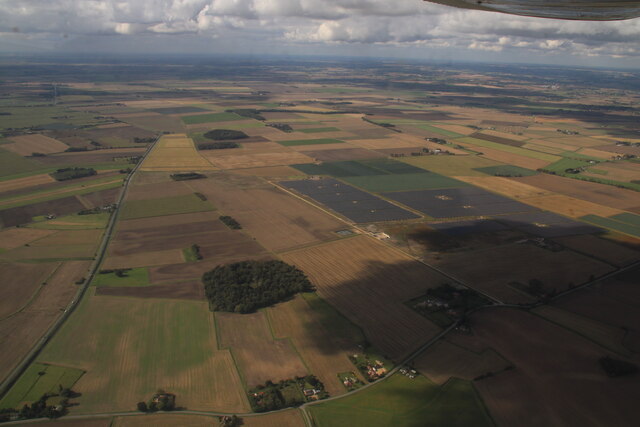
Pool Decoy is located at Grid Ref: TF4457 (Lat: 53.098358, Lng: 0.14965159)
Administrative County: Lincolnshire
District: East Lindsey
Police Authority: Lincolnshire
What 3 Words
///flamingo.blunt.spirit. Near Wainfleet All Saints, Lincolnshire
Nearby Locations
Related Wikis
Friskney
Friskney is a village and civil parish within the East Lindsey district of Lincolnshire, England.The parish includes the settlement of Friskney Eaudyke...
Wainfleet St Mary
Wainfleet St Mary is a village and civil parish in the East Lindsey district of Lincolnshire, England. It is situated directly south of Wainfleet All Saints...
Little Steeping railway station
Little Steeping was a railway station on the East Lincolnshire Railway which served the hamlet of Little Steeping in Lincolnshire between 1848 and 1964...
East Ville railway station
East Ville was a railway station on the East Lincolnshire Railway which served the village of Eastville in Lincolnshire between 1848 and 1964. It originally...
Eastville, Lincolnshire
Eastville, a village in the East Lindsey district of Lincolnshire, England. It is situated approximately 9 miles (14 km) north-east from Boston and 6 miles...
Friskney Eaudyke
Friskney Eaudyke is a settlement in the civil parish of Friskney, and the East Lindsey district of Lincolnshire, England. It is 11 miles (20 km) north...
Thorpe Culvert railway station
Thorpe Culvert railway station serves the village of Thorpe St Peter in Lincolnshire, England. It is situated 7 miles (11 km) from Skegness and 16.75 miles...
New Leake
New Leake is a village and civil parish in the East Lindsey district of Lincolnshire, England. The population of the civil parish at the 2011 census was...
Nearby Amenities
Located within 500m of 53.098358,0.14965159Have you been to Pool Decoy?
Leave your review of Pool Decoy below (or comments, questions and feedback).
